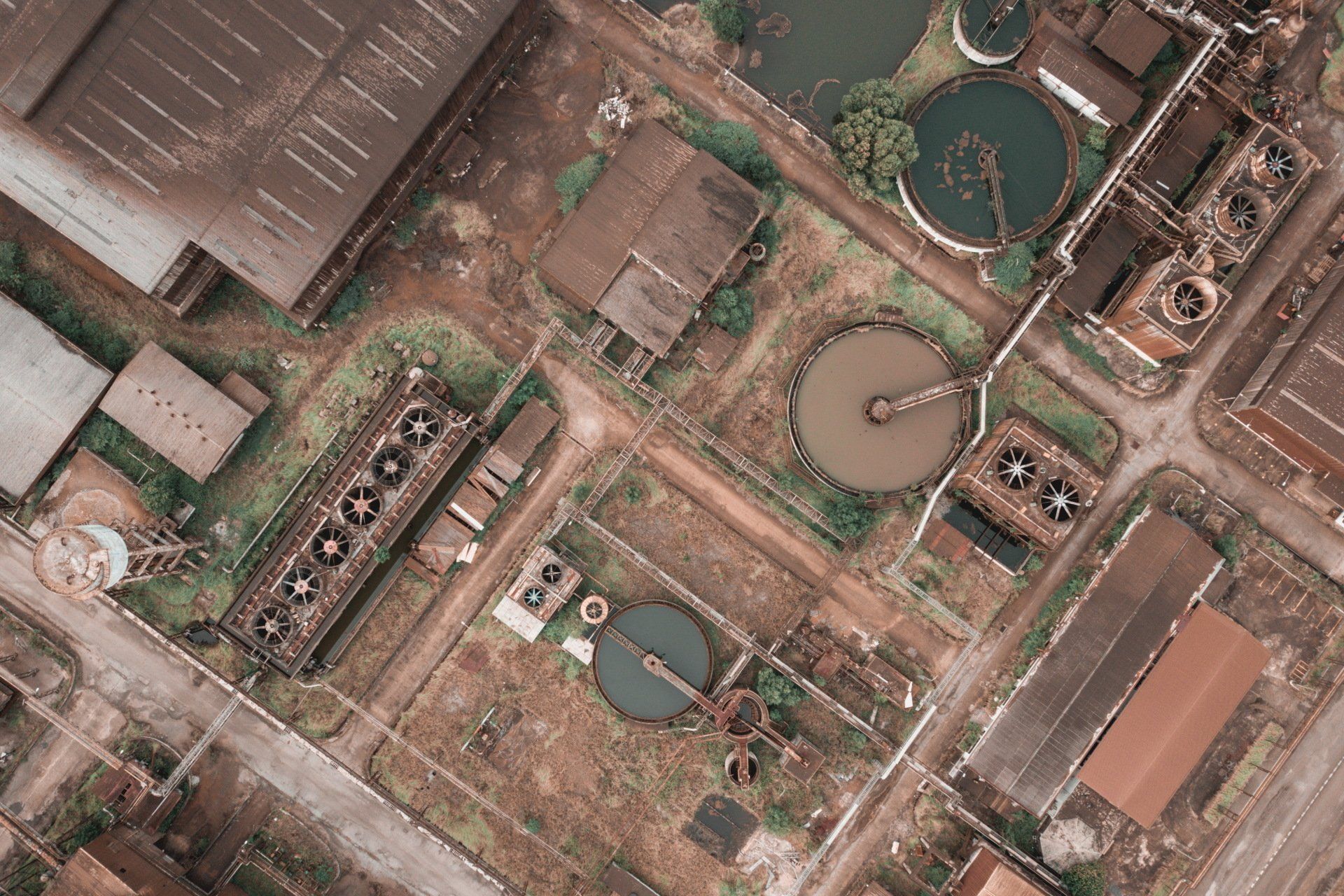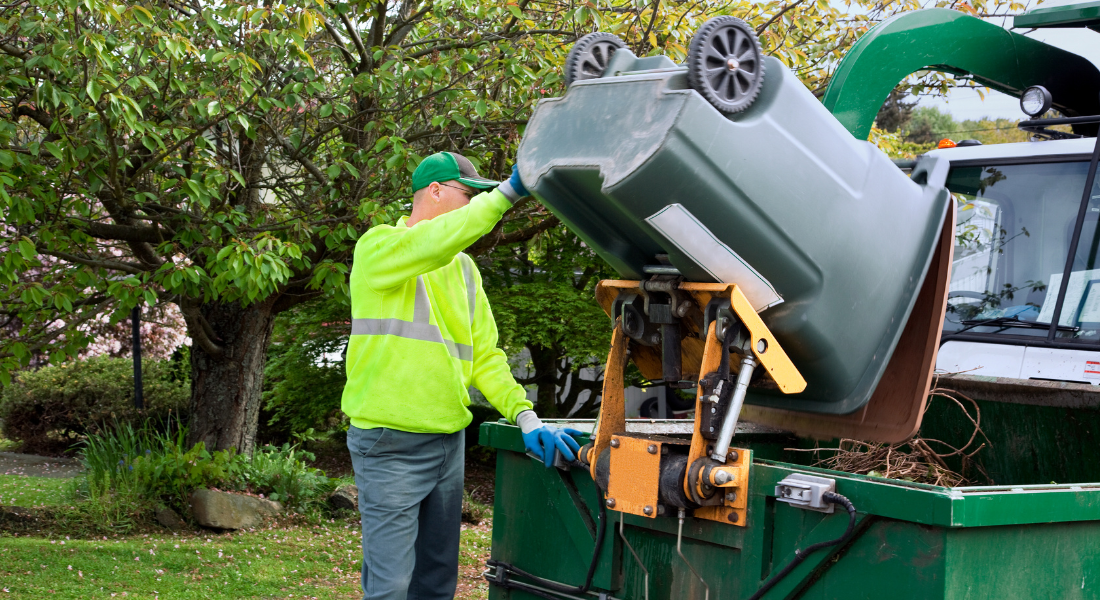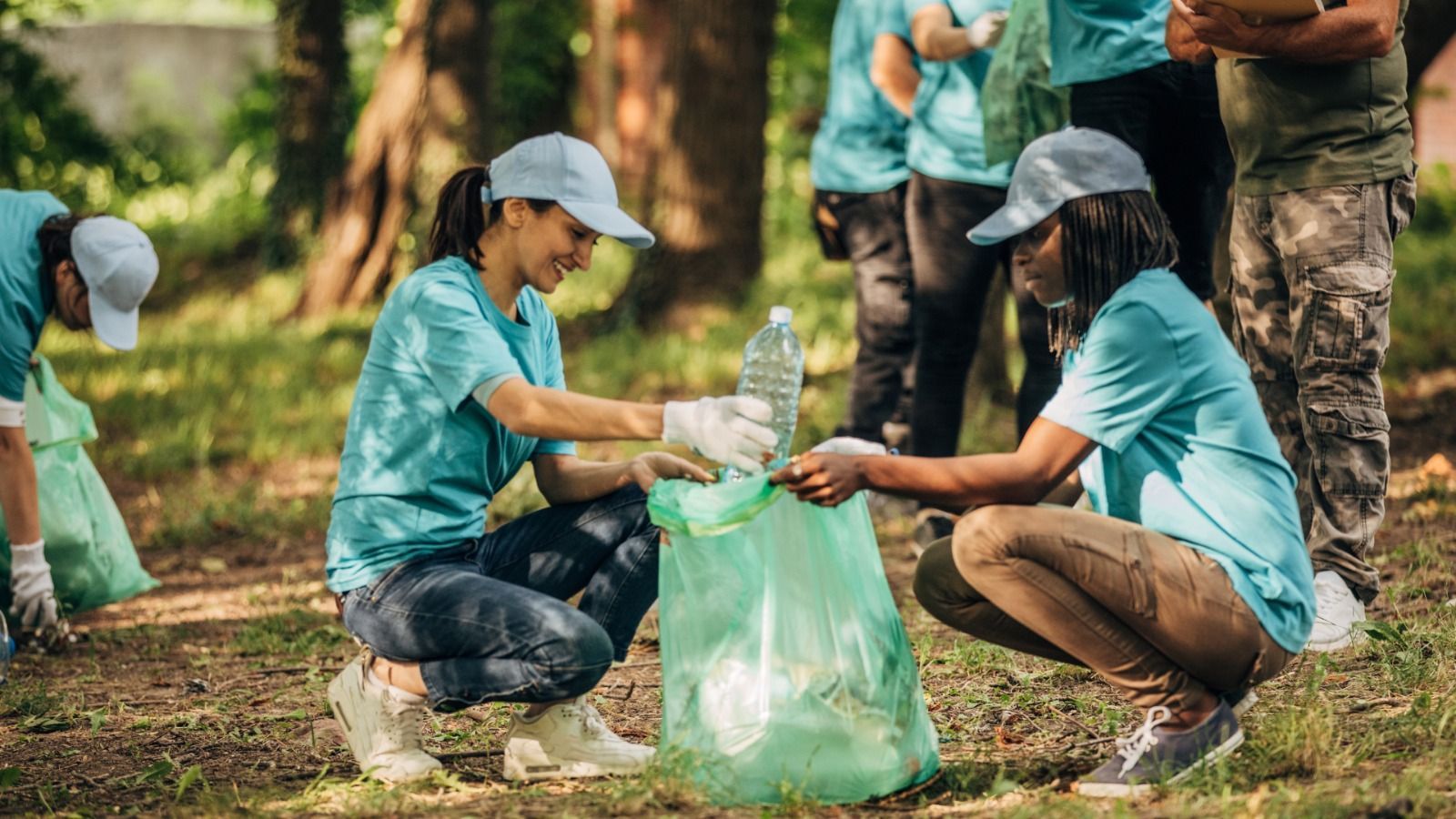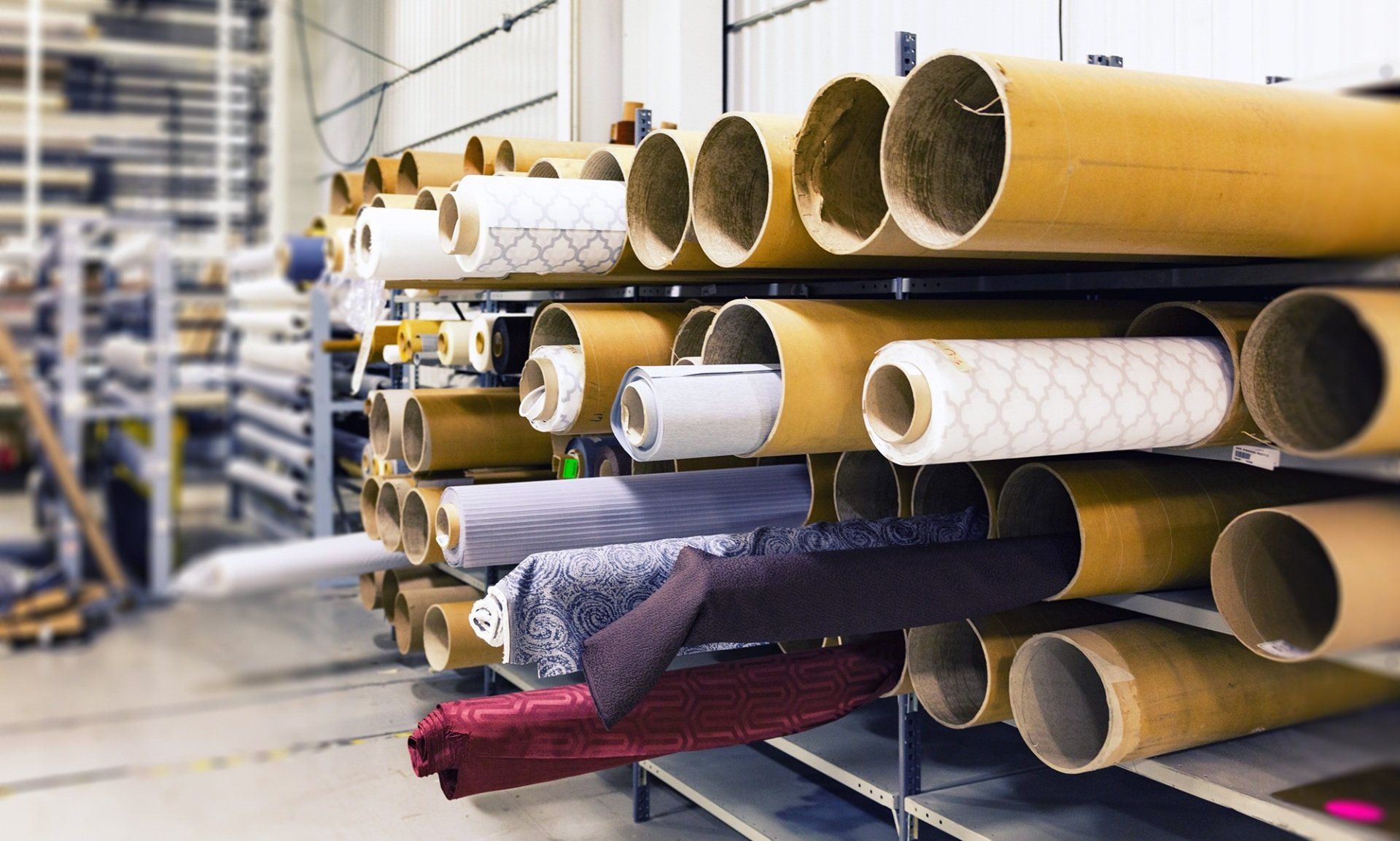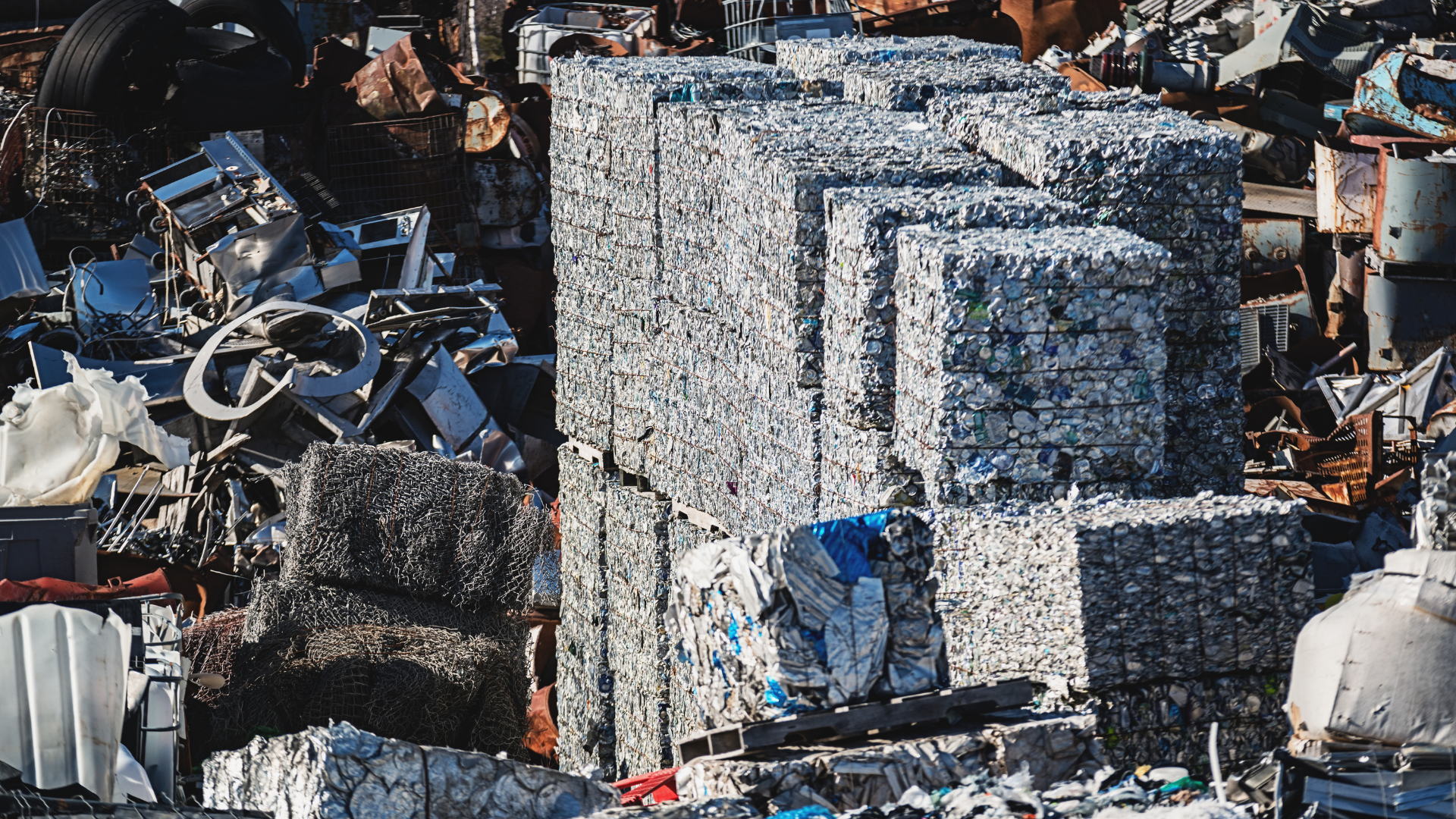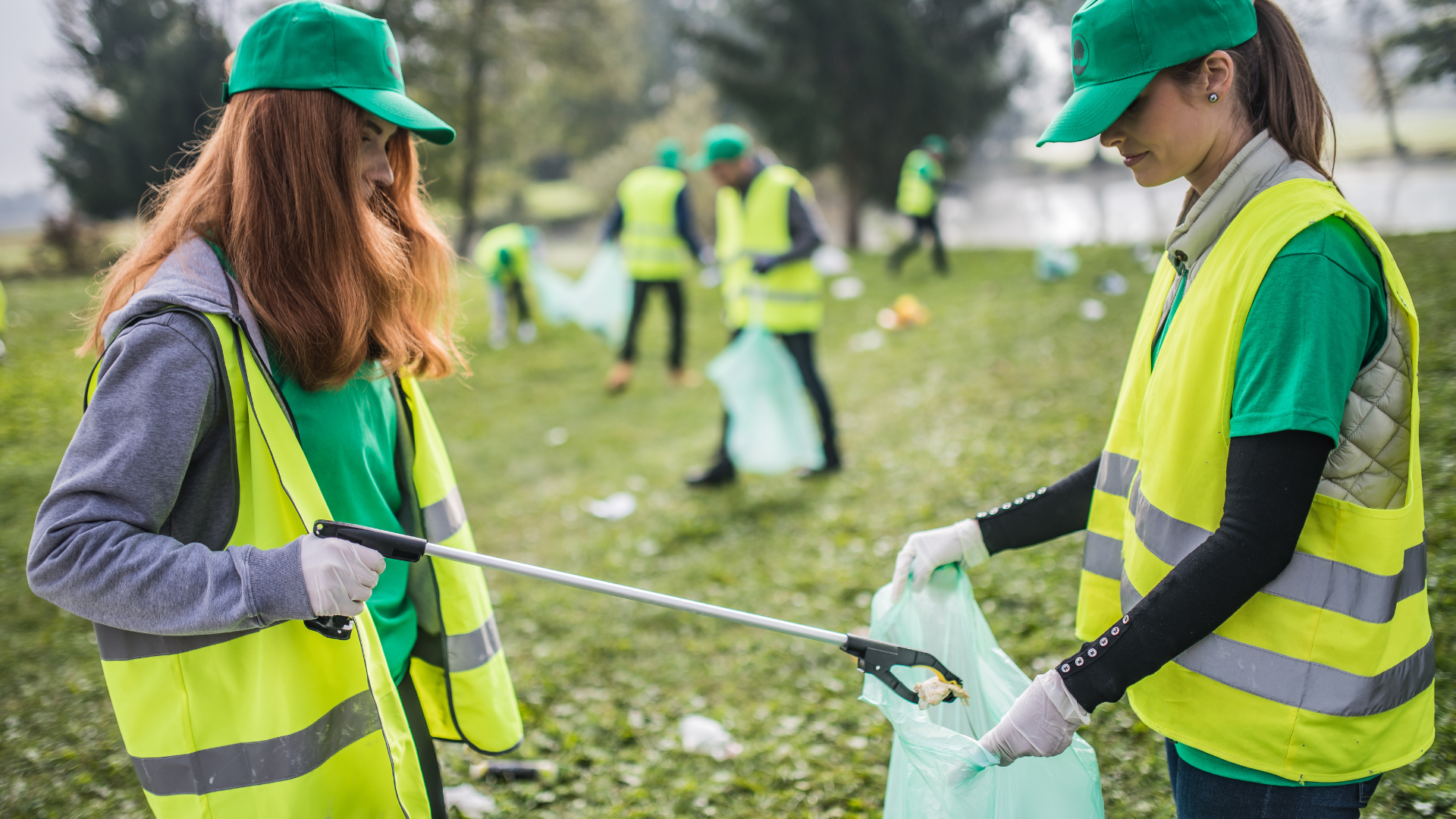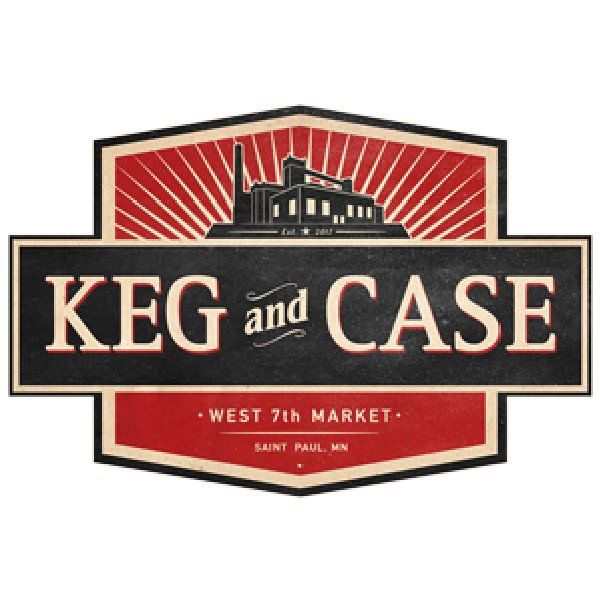8 things people are doing wrong with their water bottles
FIND OUT HOW YOU CAN SAVE OVER 30% ON YOUR WASTE COST
WHILE IMPROVING THE SERVICE LEVEL
We Will Provide A Free Waste Savings Audit.
Water is essential to life, but it can also be dangerous. The key to staying safe is being aware of the risks involved with water bottles and how you use them. Here are 8 things people are doing wrong with their water bottles.
1) Throw away after only one use:
Plastic takes hundreds of years to degrade in landfills, so every time you do this, you’re contributing to an enormous environmental problem. Even if the bottle doesn't make it into a landfill, trash cans overflow quickly and often dump plastic garbage directly onto the ground, where animals often mistake it for food or other valuable objects. Not only does this create even more pollution by degrading wildlife habitats, but many animals die from ingesting debris. As an alternative, invest in a reusable water bottle and fill it up daily to reduce your plastic consumption.
2) Using a glass bottle instead of a plastic one:
Although many people think the glass is safer for storing beverages because it's less likely to leach chemicals into its contents, this actually isn't true at all. In fact, some studies have shown that glass is more likely than plastic to leach chemicals into its contents. That's because the chemicals used in the plastic bottle-making process become part of the bottle and can't be washed or scrubbed off, even with repeated washing. When those bottles are exposed to high heat (which often occurs during shipping), those chemicals leach into the liquid. In contrast, glass bottles can be scrubbed clean since it's porous and their chemicals will wash away with repeated washing. However, if you buy a reusable plastic bottle or stainless steel bottle from a company that uses food-grade plastics in its products, then there is no risk of harmful chemicals ending up in your drink.
3) Not washing bottles regularly:
Whether you're using plastic or glass, all reusable water bottles will eventually get gross if they're not washed regularly. Wash the bottle each time before filling it with new liquid (and once a week otherwise).
4) Not sealing the cap of a reusable water bottle:
This is a major source of germs and bacteria. If the cap isn't sealed, then you aren't completely covering the top of your bottle while it's being transported from place to place, so all kinds of organisms have a chance to get in there.
If you hate the taste of plastic in your water, this is another good reason to clean and rinse your bottle regularly.
5) Not replacing reusable water bottles when the plastic starts cracking:
If your reusable water bottle has looked a little cracked or otherwise damaged, it's time for a new one. This can be tricky to know if you aren't an expert in materials science but look for cracks around the mouth of the bottle, especially if you've had it for a while. If you can see light through the wall of the bottle when you hold it up to the sky (or another bright light source), then it’s time for a new one.
6) Storing water bottles in a hot car:
Like with reusable metal containers, heat causes chemicals to leach into your beverage. Since the mouth of the bottle is an open space where bacteria is more likely to accumulate, make sure not to leave it trapped in a hot vehicle.
7) Drinking directly from the mouth of the bottle:
If you need to take a drink while you're on the go, then bring along a stainless steel straw to reduce bacteria coming into contact with your mouth. These can be purchased or made at home with items like this.
8) Keeping water bottles filled for months at a time:
If you fill up your reusable bottle and leave it sitting for over 30 days, it may start to taste funky because of the acids in your saliva breaking down the plastic. If you don't want to invest in multiple water bottles, then make sure to fill up a new bottle every couple of weeks at the most.
The Bottom Line
It's important to stay safe with the consumption of water. After reading this article, you should be more aware of how your choices affect your safety levels and will hopefully make better decisions in the future. Give yourself a pat on the back for taking an interest in staying healthy!
Our Recent Articles
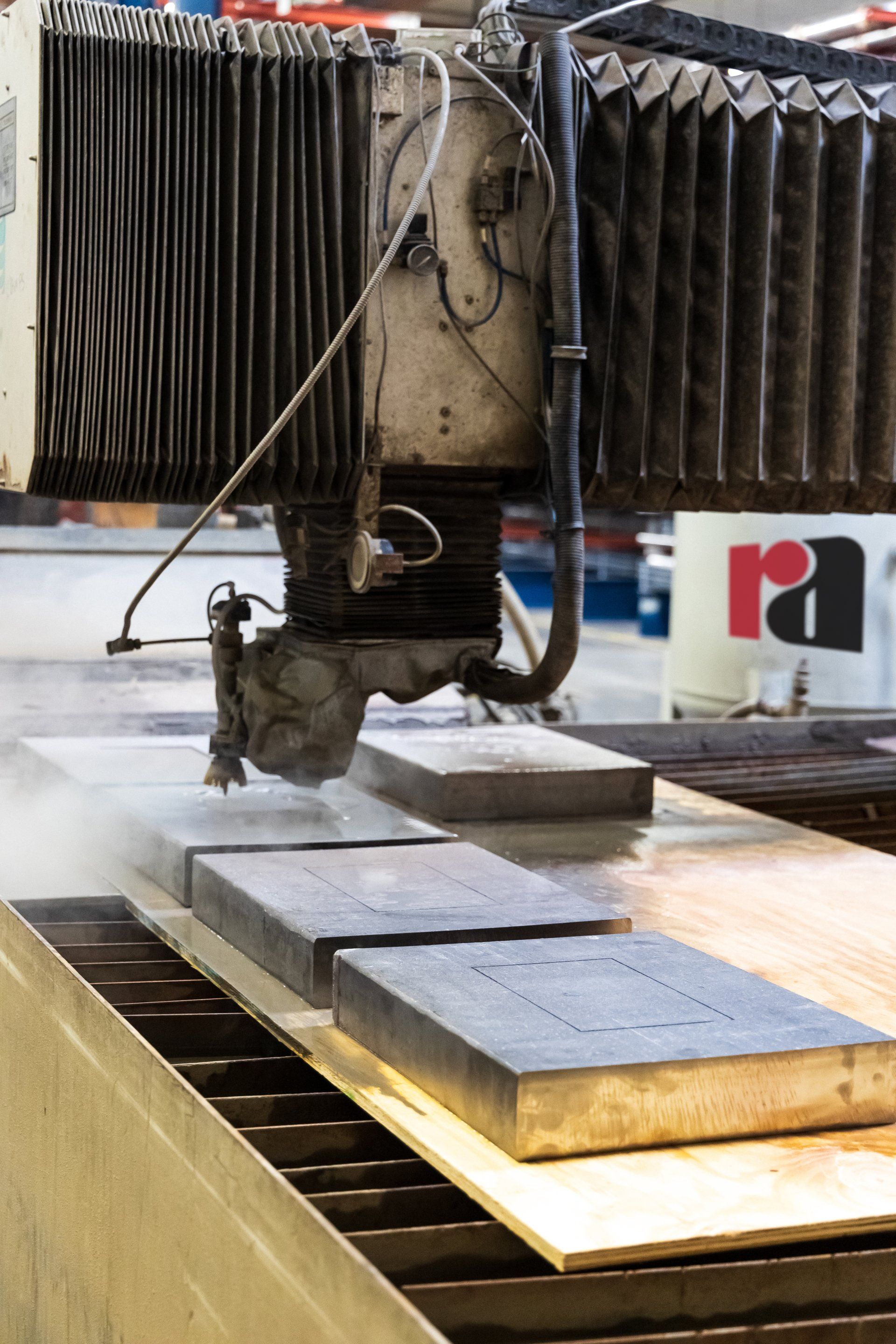
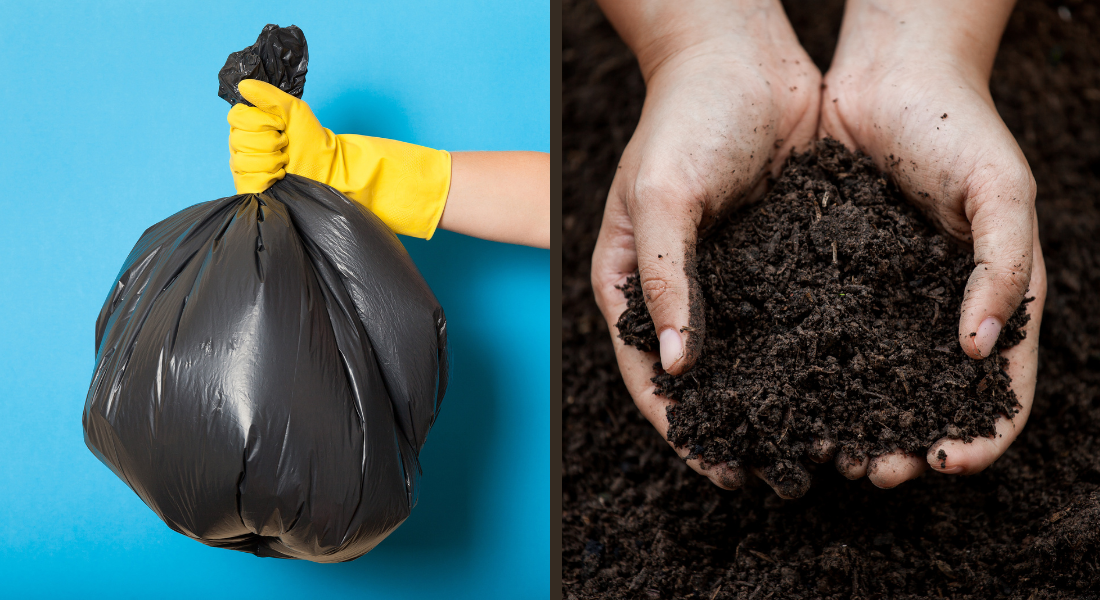
FIND OUT HOW YOU CAN SAVE OVER 30% ON YOUR WASTE COST
WHILE IMPROVING THE SERVICE LEVEL
We Will Provide A Free Waste Savings Audit.


